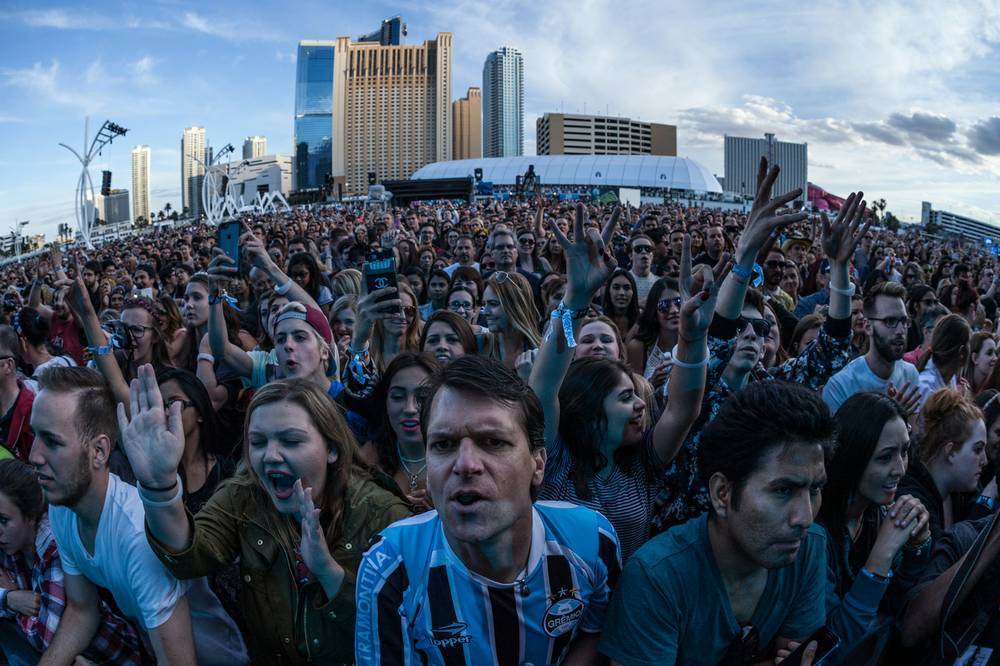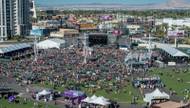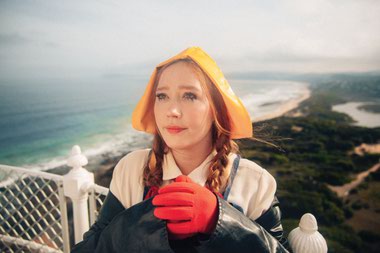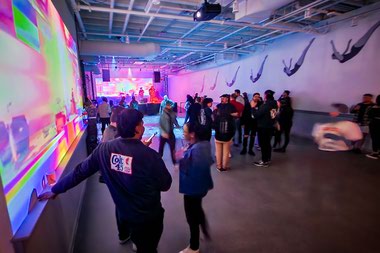On May 18, not even two days after the second weekend of the first Rock in Rio USA finished, the Weekly spoke to the festival’s executive vice president Roberta Medina to get her thoughts on how the first American edition went. Much was discussed, including attendance, the overlap with the Billboard Music Awards—which she says wasn’t a consideration when she and her staff chose the dates—and the prospect of both discounting local tickets and holding the event annually in the future. She and the festival’s organizers must now must crunch to prepare September’s eight-day run in Rio de Janeiro, but not before meeting about their 2017 return to the Strip, encouraged by a largely problem-free first edition with high guest approval and a four-day attendance of 172,000. “We’re here to stay,” she says.
As festival launches in new cities go, how do you think the first Rock in Rio USA went?
It was similar. Explaining Rock in Rio was the biggest challenge. The U.S. is so divided with regards to media and communication. We spent a lot of money and invested in communication, much more than any other music event we did, and it was still hard for people to know what Rock in Rio is about. In California, for example, we had 71 percent of people [tell us] before the event that they knew the brand, but that didn’t mean they knew what it was.
I can tell you when people got [to the festival], they didn’t expect what they found. They went more for the lineup. That was interesting. Some of them knew what to expect because 18 percent [of attendees came] from abroad. Those who traveled [from abroad to Las Vegas] had been to Rock in Rio before, but not the ones from the US. In the other countries, we had national communication, we had a bigger volume of media explaining to people what it is. This was different. And it happened with sponsors, too. We had to prove we were going to do this. A lot of people didn’t believe we could do what we said we could do, even the talent … Challenges were bigger here than the other countries. It was more complicated here than before.
When you have a new venue, you’re not going to know how to do [certain things]. But [MGM Resorts Festival Grounds] worked better than the others during their first editions. We didn’t have many things to address. It was more the access to the venue than the venue itself. We addressed that on the second day [of the first weekend].
Did it go just like you imagined it would, or were there any surprises?
We weren’t sure what to expect, or how the American audience would react to the event. But people were really happy. A good sign from the first weekend was that 84 percent who came to Vegas came because of Rock in Rio, and that was surprising. That was one of the things our local partners [were hoping for], that it would affect the economic impact. Only 15 percent of attendees were from Vegas, which was interesting.
Were you disappointed more Las Vegans didn’t come?
It was a good number, but it was smaller than the ones from outside Vegas. What we discussed today—we met with the directors and crew and talked about what was good and bad—was maybe creating a special ticket for locals with different pricing.
Were the general attendance figures in keeping with your expectations from a few weeks previous?
I think it was higher, so I think we can say yes. We would never build a permanent venue for less people than we expect. You won’t build one for 40,000 and then build it bigger later. We always wanted to sell out the venue at 85,000 per day. But I think [the final attendance] was pretty good, especially with how music events develop in this country. It was four times higher than what most [US] festivals attract for their first editions.
Which act had the most surprising buzz or social media response?
Bruno Mars. There was more about him than anyone else. He was amazing. But what we saw on the social networks [was people] talking more about the experience itself. That’s more important than the talent … that’s what we want to create, a special place where the atmosphere is fantastic.
Any lessons you learned during the first weekend that you applied to the second?
Not really. Two things not working the first day were on the second day. Traffic management changed from the first day to the second day. And we increased the team cleaning the venue.
When do you begin to prepare for 2017?
We’ve already started! We have very important meetings to make sure we have a full evaluation, seeing what was good and not good and what we can make better.
Rock in Rio had loose plans to expand to three days each weekend for 2017. Are you still aiming for that?
No. But it’s a possibility for the future. There’s lots of conversation for us to do it every year, but not for now.
There were a lot of positive responses and almost no criticisms to posts on Rock in Rio’s Facebook page after the festival was over. Does that encourage you for 2017?
Oh yes, for sure. Not only that, the reaction of the public inside the venue was amazing.
Another good thing: The [second weekend] was the same as the Billboard Music Awards. From the first weekend to second, [there was a large] amount of important people and talent in the market. A lot of people wanted to come to the venue. And from week one to two, we got hundreds more press members asking for credentials. They were coming to town for the Billboard Music Awards, so it was easier. You know how hard it is to bring national press to town, and that was good. They didn’t know what we were exactly. They didn’t come to the first weekend [with the exception of] some national press, but for the second, [more] wanted to cover.
I noticed a lot of journalists speaking Portuguese in the press room.
Yes. Brazil and Portugal had been promoting [Rock in Rio USA] a lot. In Brazil, before the event started, the amount of news [discussing] Las Vegas and the event was huge and [there’s] even more now. This was part of the reason the local partners were interested in us. The tourists are relevant. We want them to come to Vegas.








